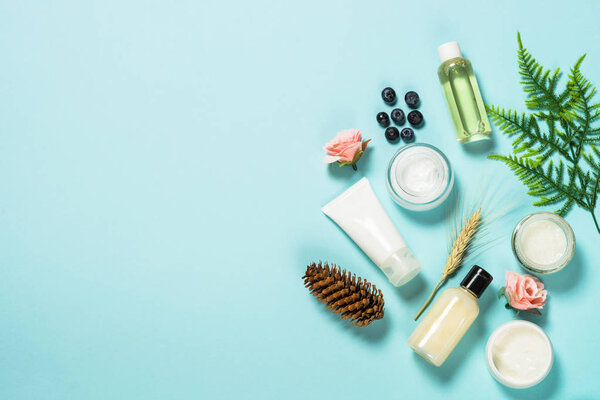Stearic acid, a common ingredient in many cosmetics, is a fatty acid renowned for its versatility. This waxy substance occurs naturally in various animal and vegetable fats and is a staple in the beauty and cosmetics industry due to its myriad of uses.
What is Stearic Acid?
Stearic acid is a saturated long-chain fatty acid with 18 carbon atoms (C18H36O2). It’s named from the Greek word “stéar,” which means tallow. It is colorless, odorless, and waxy to the touch. Also can be derived from various sources, including animal tallow, cocoa butter, and shea butter.
Use in Cosmetics: A Key Ingredient
In cosmetic industry it is revered for its unique properties. Such as its emulsifying capabilities, which allow oil and water to mix. This feature is essential in a variety of beauty products, including creams and lotions.
Acts as a surfactant, reducing the surface tension of oils and dirt on the skin. This makes stearic acid an essential ingredient in soaps and cleansers.
Furthermore, stearic acid can act as a thickening agent, enhancing the texture and consistency of products. Which is crucial for maintaining the user-friendly nature of many cosmetics.

Versatility Across Product Types
In beauty products can be derived from animals, making it a concern for vegans and those prioritizing animal welfare. Look for plant-based or synthetic alternatives. This way, they can make informed choices that align with their ethical beliefs and preferences.Therefore, individuals who follow a vegan lifestyle or are concerned about animal-derived ingredients may want to check product labels for alternative, plant-based ingredients. It also finds its way into hair care products such as shampoos and conditioners, offering moisturizing properties that can help nourish and condition hair.
Safety and Sustainability
In terms of safety, generally considered safe for topical use in cosmetics. It’s non-sensitizing and non-irritating to the skin. However, vegans and those concerned about animal welfare might find the source of this product concerning, as it may derive from animal tallow.
For those concerned about the environmental and ethical issues. Sustainably sourced stearic acid from plant-based fats like cocoa and shea butter offer a viable alternative.
The Future of Stearic Acid in Cosmetics
Stearic acid will likely remain a significant player in the cosmetics industry due to its versatile properties. It’s a substance that delivers functional benefits while being safe to use, and suitable for a wide array of cosmetic applications. However, the industry will need to continue addressing the ethical and environmental implications of its use, ensuring sustainable and cruelty-free sourcing of this valuable ingredient.
In conclusion, stearic acid is a testament to the symbiosis between science and beauty. Its multifunctional capabilities make it an invaluable asset to the cosmetic industry. Highlighting the essential role chemistry plays in the development and formulation of beauty products. With growing attention on ethically sourced and environmentally friendly ingredients, the cosmetic industry’s reliance on stearic acid only underscores its importance and versatility.
